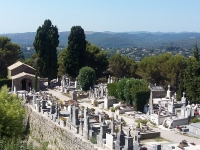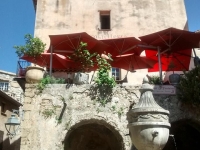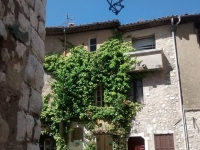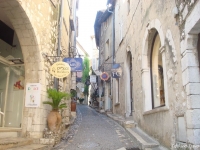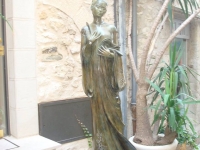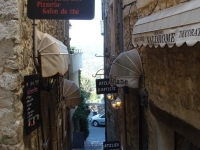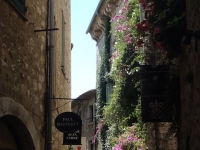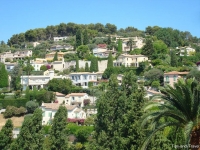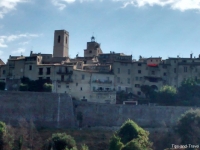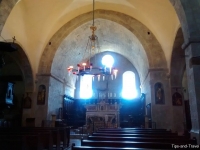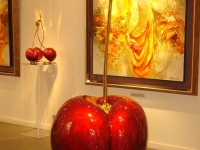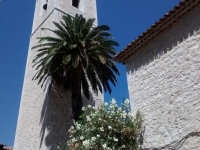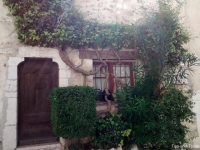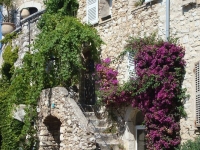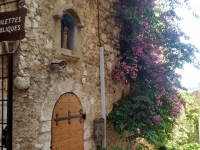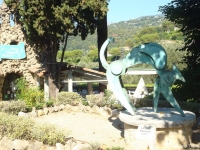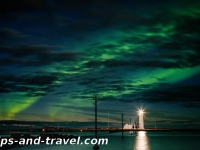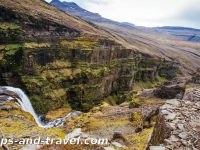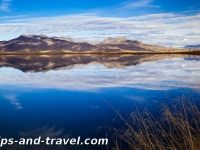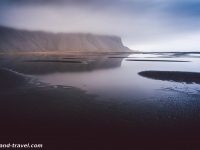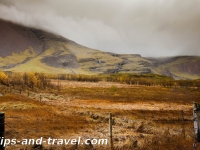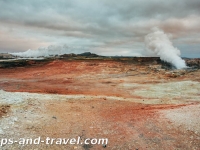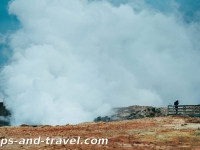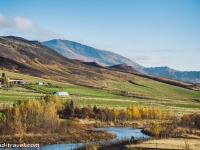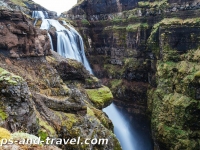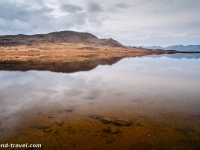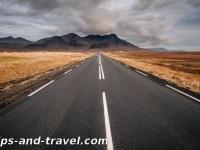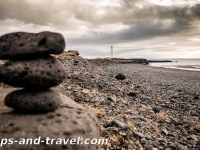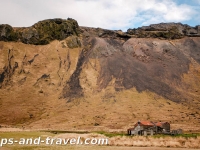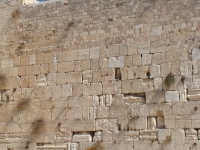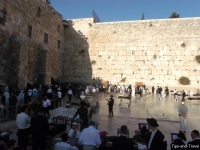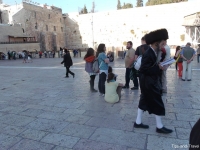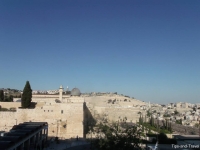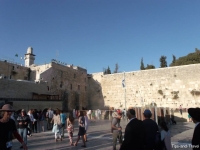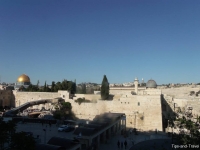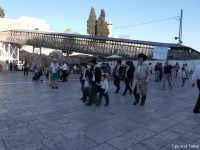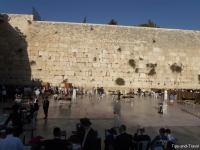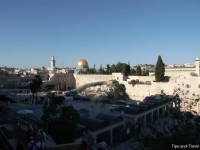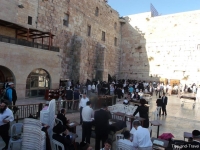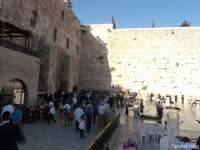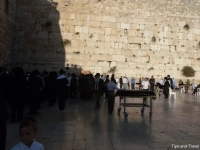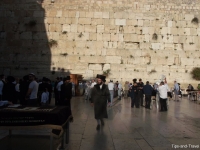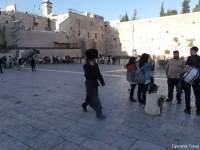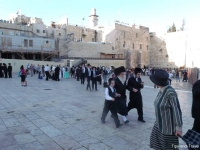Saint Paul de Vence is a French commune in the Alpes-Maritimes region, Provence-Alpes-Côte d’Azur. The village stands on a rocky outcrop between the Maritime Alps and the Mediterranean, 26 km from Nice. At the time of François 1st, he ordered to raise the ramparts of the city (1544-1547) and we still find them there. There are several interesting places to visit such as the Cemetery of St-Paul de Vence where we find the tomb of Marc Chagall and St. Michael Chapel; the Collegiate Church of the Conversion of St-Paul (XII-XIII century); the Pontis (a passing above the High Street, dating from the fifteenth century); Seigneuriale tower that is currently the Mayor (at the church side), the Aqueduct of Moulins (that fed the mills of the town); the Local History Museum; the Chapel of the Holy Cross ((seventeenth century), among others.
Tips
It is a beautiful place to spend a quiet holiday and to know the history of the town and feel transported several centuries away.
It is also a place of art. The Maeght Foundation hosts temporary exhibitions and sculptures in situ in the park; you can visit the rooms and gardens.
There is another important famous place but visits aren’t allowed; the Inn of the Pigeon of gold where there are works of great painters as Modigliani, Picasso, Braque, Chagall. among others. The place works as an inn and restaurant anyway.
